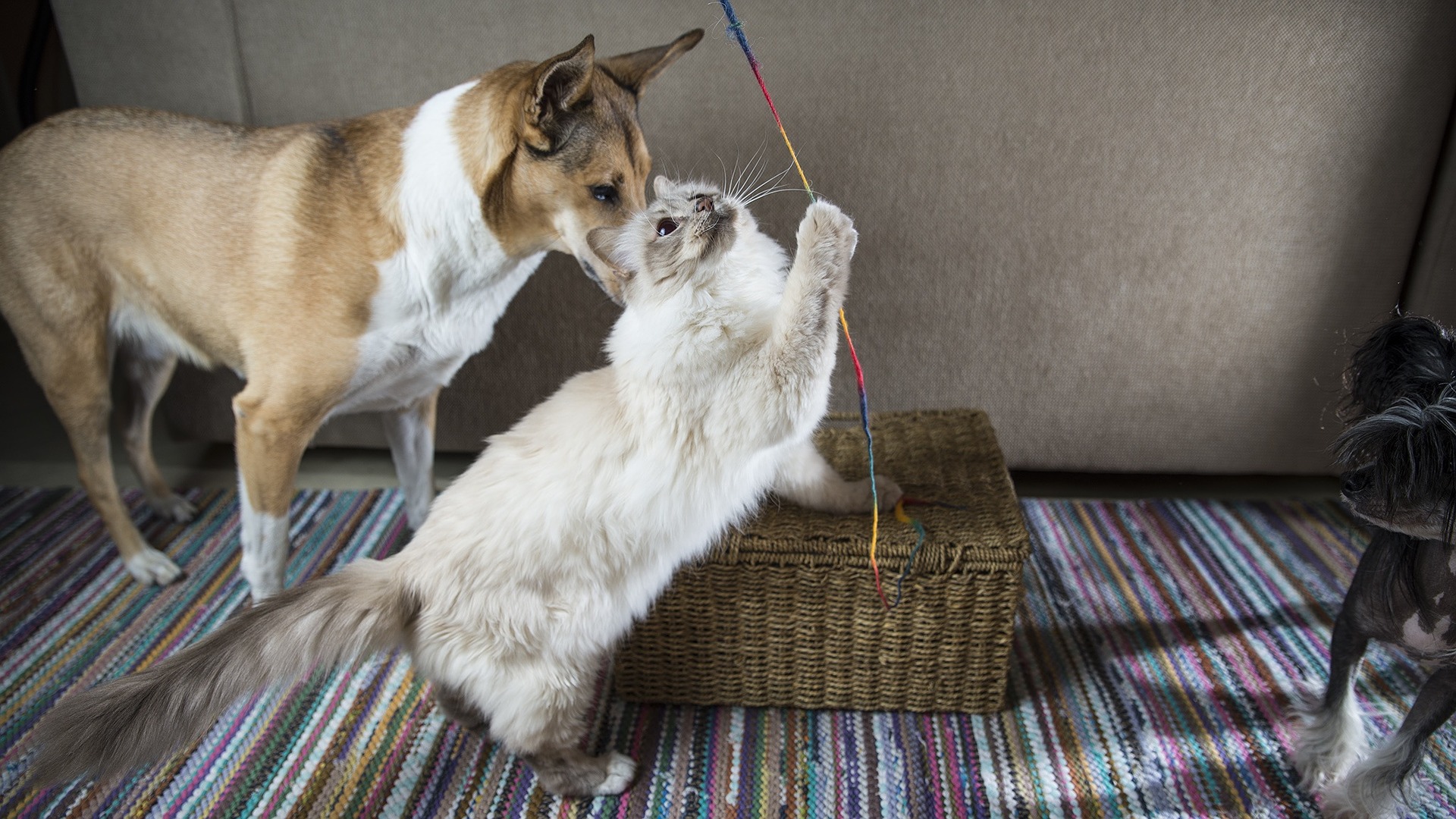Over the past several years, veterinary professionals have paid a great deal of attention to pet vaccination protocols. With new vaccines and other developments, many veterinarians have updated their protocols as well. For example, some vaccines are now given every three years rather than annually. Of course, the vaccines given also depend on a particular pet’s risk and exposure.
We continually assess the need for the vaccines we recommend and tailor a vaccin e protocol around each pet’s individual lifestyle.
Factors We Consider for Personalized Vaccine Protocols
Most vaccines are not one size fits all—some pets go outside, travel, board frequently or play regularly with others, while some may be strictly indoor animals that do not have much social interaction. Some pets may have chronic diseases that require vaccines to be discontinued, or some may have had an adverse reaction to one particular vaccine. We understand that these factors are very important to consider when deciding how your pet will be vaccinated.
For instance, feline leukemia virus (FeLV) is one of the most common fatal feline diseases, but vaccination may not be recommended for every cat. Because the illness is transmitted primarily through fight wounds and exposure to unvaccinated cats, outdoor cats experience a much higher risk and are therefore strongly encouraged to be vaccinated. In some cases, however, the vaccine is not necessary for an indoor cat with minimal exposure.
On the other hand, some vaccines are strongly recommended regardless of circumstance. These are known as "core" vaccines and include rabies, parvovirus and distemper.

Rabies
Across the country, state laws govern which pets must be vaccinated for rabies. Most often, dogs are required to receive this vaccine, but often veterinarians will recommend it for cats and even ferrets. This disease is almost always fatal and can be transmitted to humans. It is important to remember that many wild animals can carry the disease and easily infect curious pets.
Vaccination is initially performed at four months of age. Revaccination should occur one year later and then every three years thereafter.
Parvovirus
While this severe intestinal disease is relatively new—first striking the canine population in 1978—it is no longer considered common. This is due in large part to the widespread use of the parvovirus vaccine.
Initially, the vaccine should be administered in a series to puppies at 8, 12, and 16 weeks of age. Revaccination should occur one year later and then every three years thereafter. This vaccine can also be combined with the distemper vaccine.
Distemper
Both cats and dogs can suffer from distemper, though they are not the same disease. In fact, canine parvovirus has more similarities to feline distemper than canine distemper has. Both diseases are relatively uncommon, again thanks to the widespread use and effectiveness of vaccines.
The distemper vaccine (sometimes combined with the parvo vaccine) is used to prevent distemper in dogs. It should initially be administered in a series to puppies at 8, 12, and 16 weeks of age. Revaccination should occur one year later and then every three years thereafter.
The FVRCP vaccine protects cats against many feline illnesses, including distemper. Initially, this vaccine should be administered in a series to kittens at 8, 12, and 16 weeks of age. Revaccination should occur one year later and then every three years thereafter.
To learn more about our vaccine recommendations, please visit our Dog Vaccinations and Cat Vaccinations pages, and certainly contact us with any questions or to schedule an appointment!
